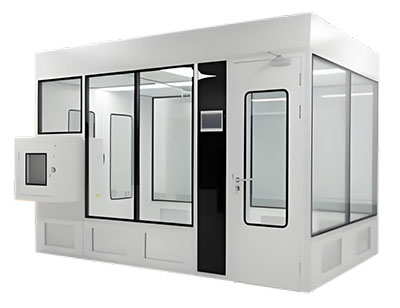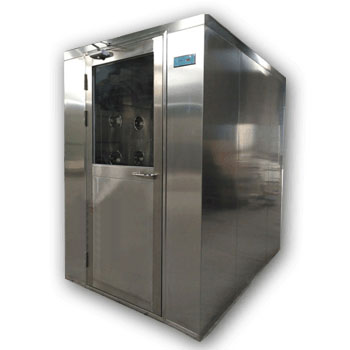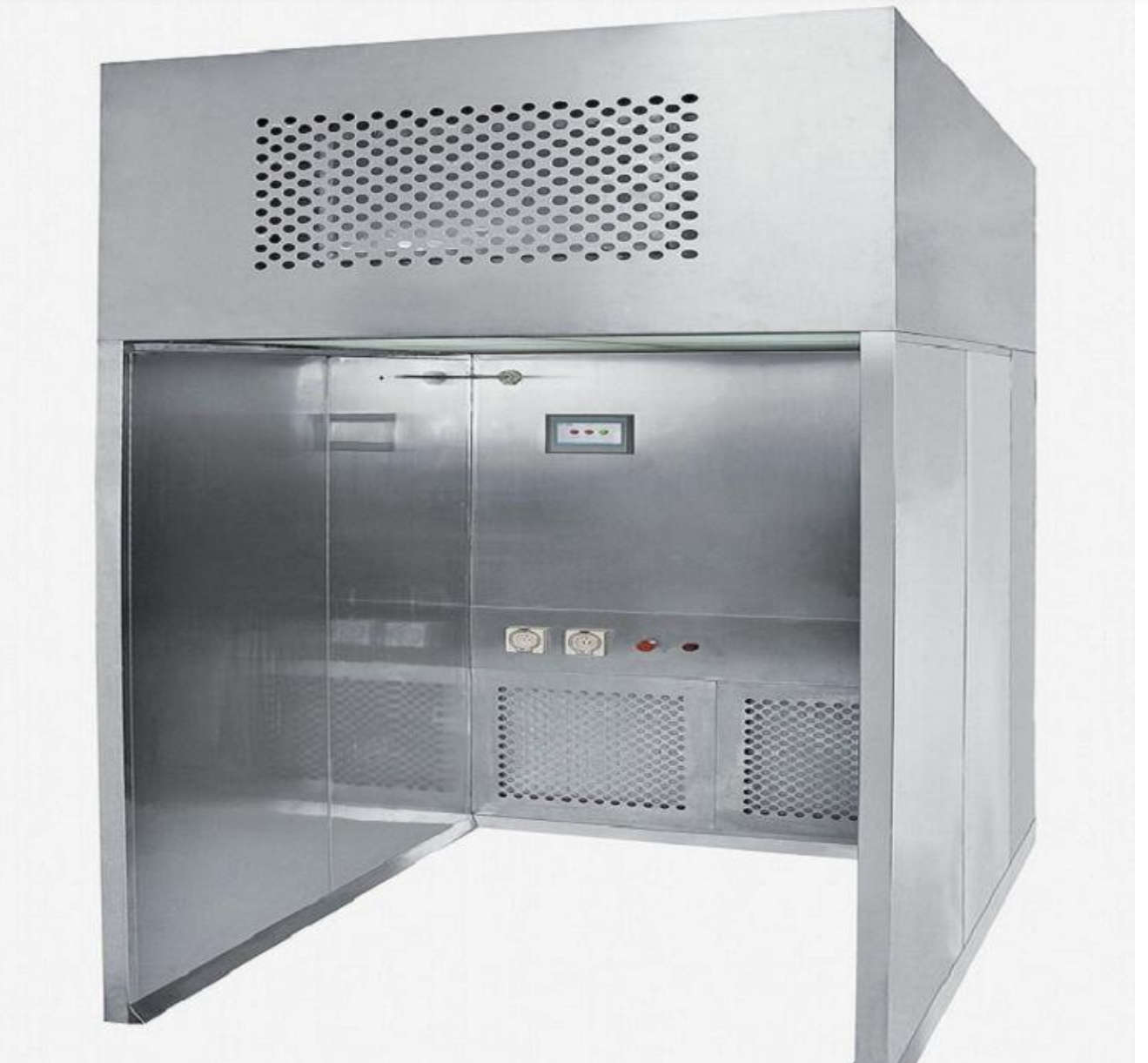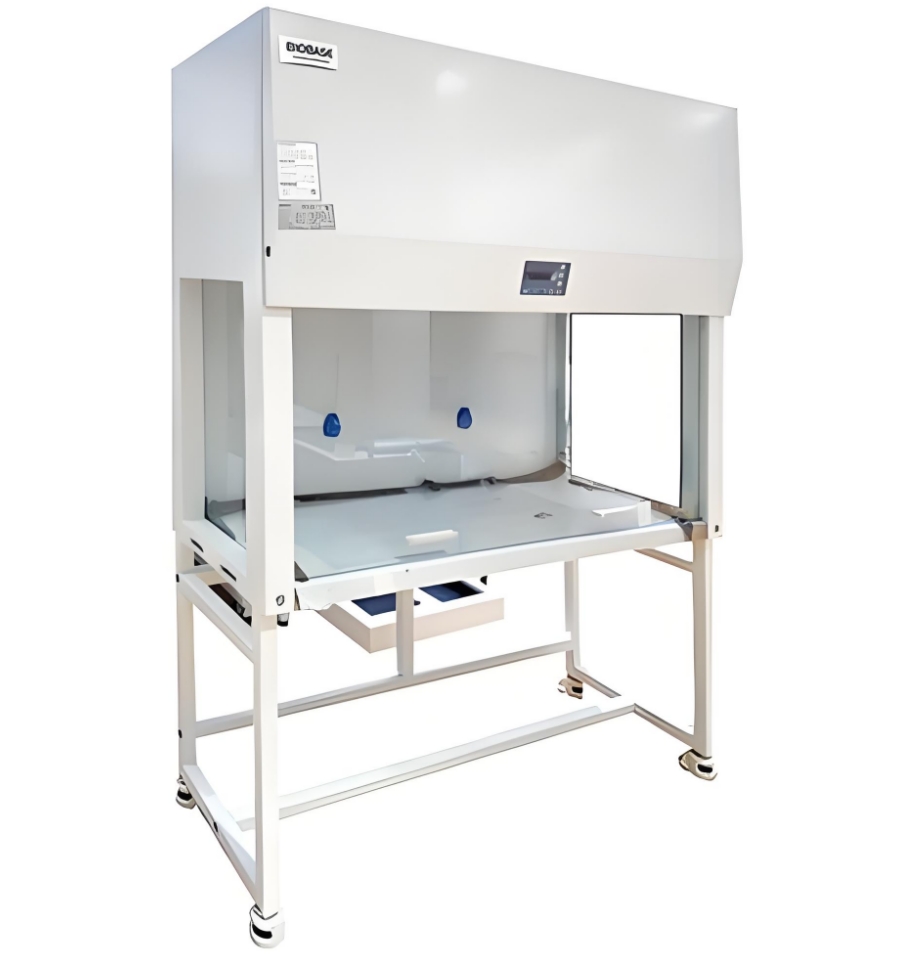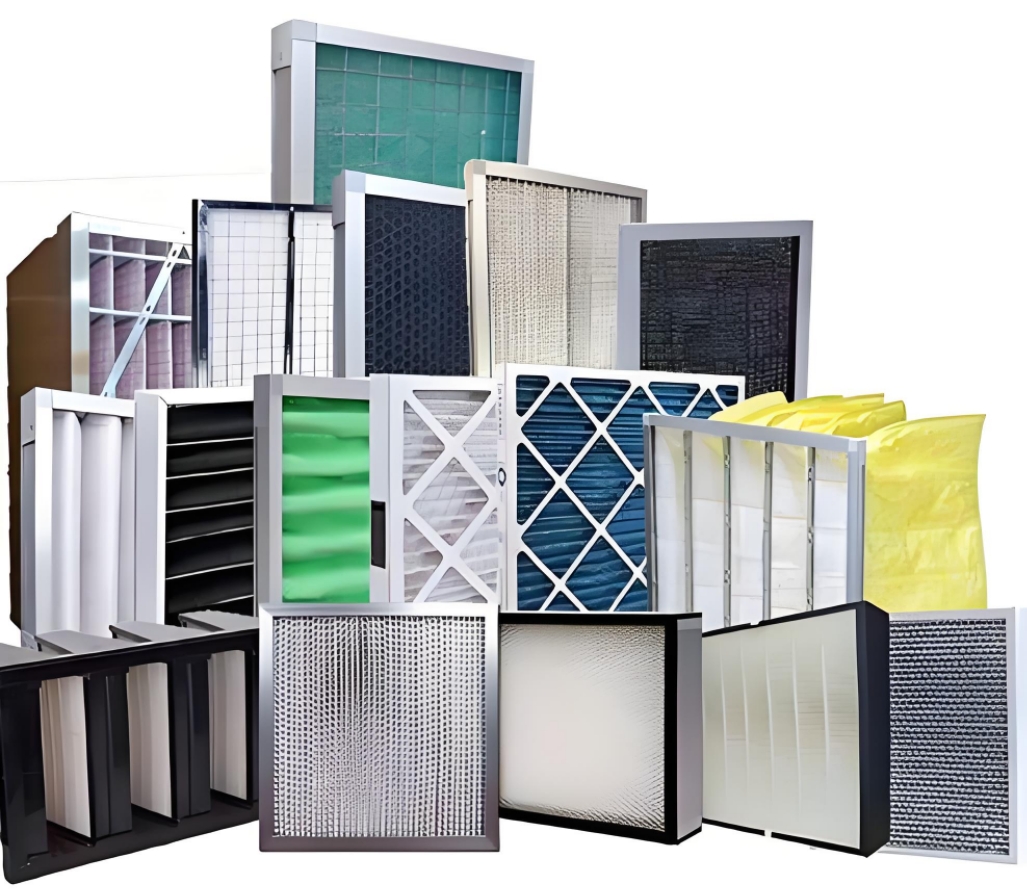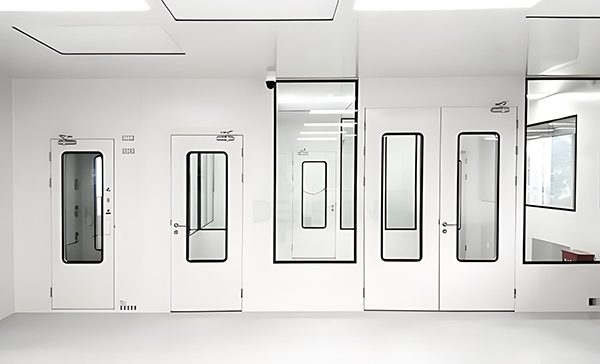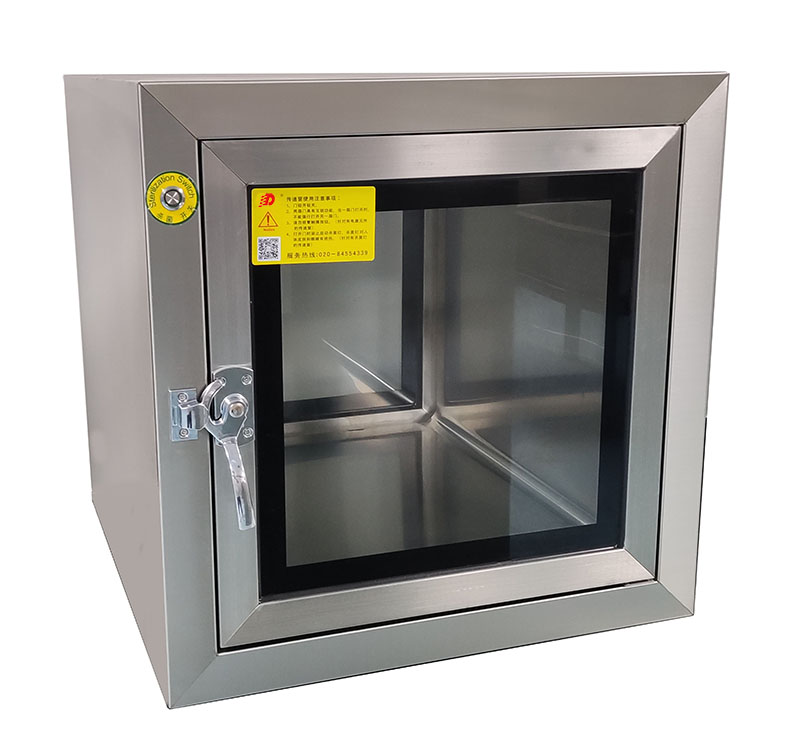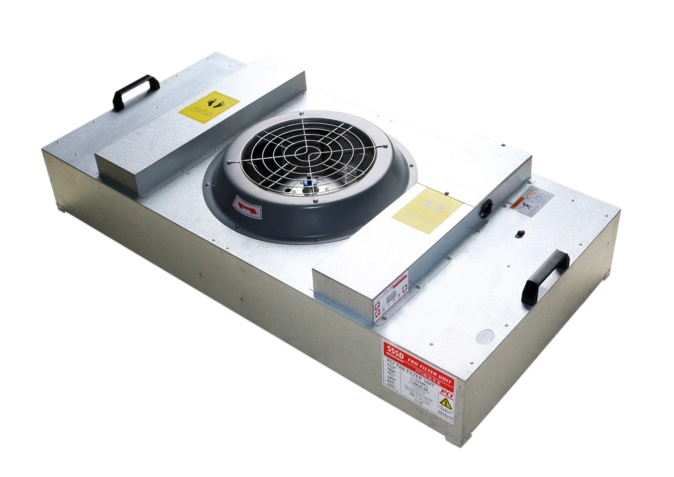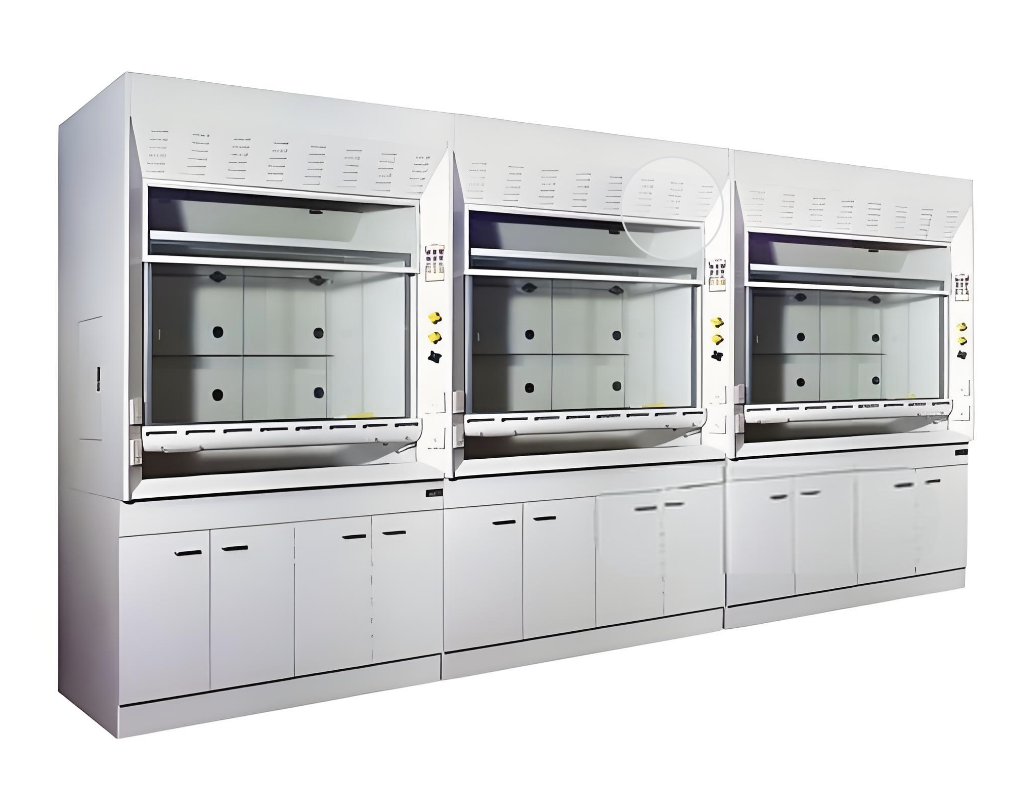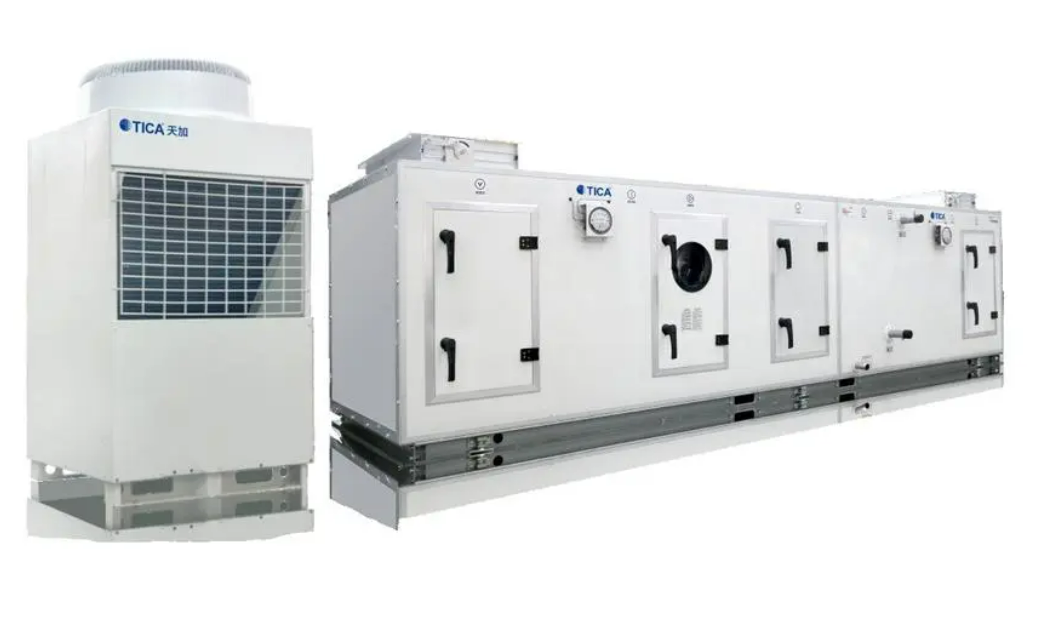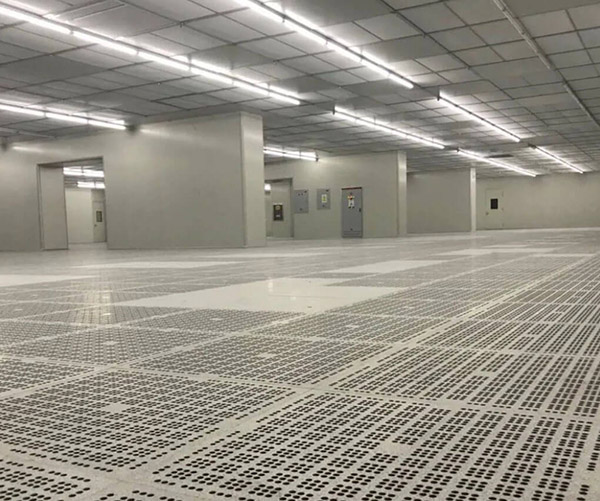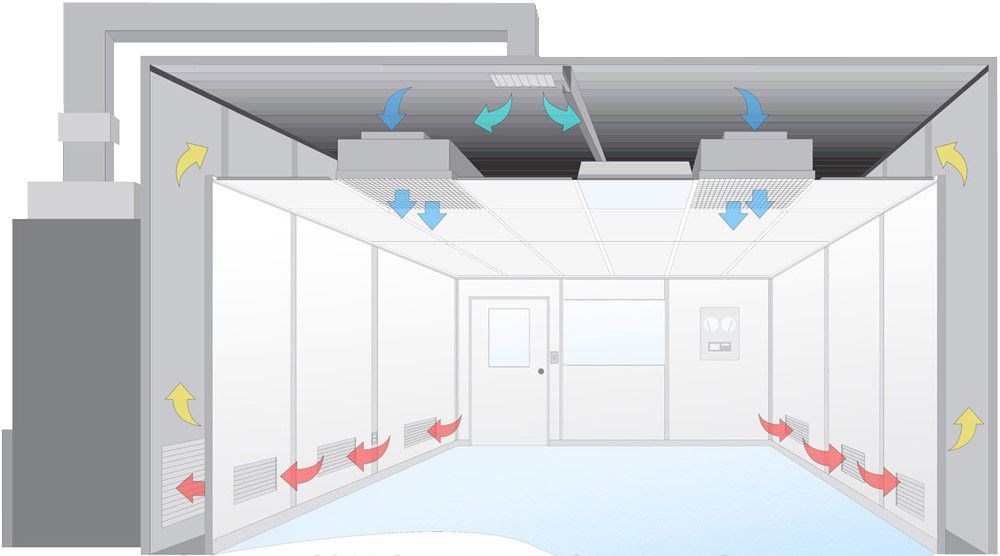How Fan Filter Units (FFUs) Work:
A Comprehensive Guide
In controlled environments like cleanrooms, the need for maintaining air purity is paramount. Fan Filter Units (FFUs) are essential components in achieving this objective. Designed to supply clean, filtered air, FFUs are used widely across industries such as pharmaceuticals, microElectronics, and food processing.
Air Intake
The operation of an FFU begins with air intake. The unit's fan draws air from the surrounding environment, which may either be directly from the cleanroom or from a plenum above the ceiling. This initial step is crucial as it sets the basis for the filtering process.
- Intake Process: The fan efficiently pulls in air, ensuring that a sufficient volume is available for filtration and subsequent Clean air delivery.
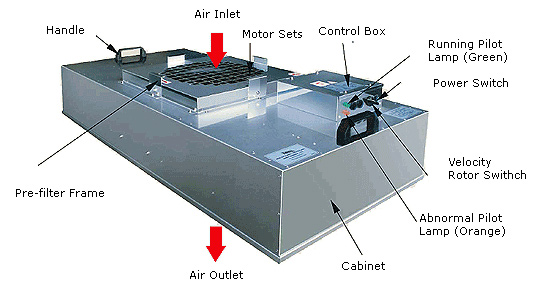
Pre-filtration
Many FFU systems include a pre-filter stage designed to capture larger particles before they reach the main filter. This addition helps extend the life of the hepa or ULPA filter.
- Pre-filter Advantages: By intercepting larger contaminants early, pre-filters reduce the workload on primary filters, enhancing longevity and maintaining efficiency.
Example Application: Deiiang™, with innovative input from product designer Deiiang Jason.peng, ensures that their FFUs feature effective pre-filter systems, optimized for diverse operational scenarios.
HEPA/ULPA Filtration
After pre-filtration, the air is forced through a HEPA (High-Efficiency Particulate Air) or ULPA (Ultra-Low Penetration Air) filter. These filters are engineered to remove very fine particles, including dust, bacteria, and other airborne pollutants.
Filtration Efficiency
hepa filters remove 99.97% of particles 0.3 micrometers and larger, providing exceptional air cleanliness.
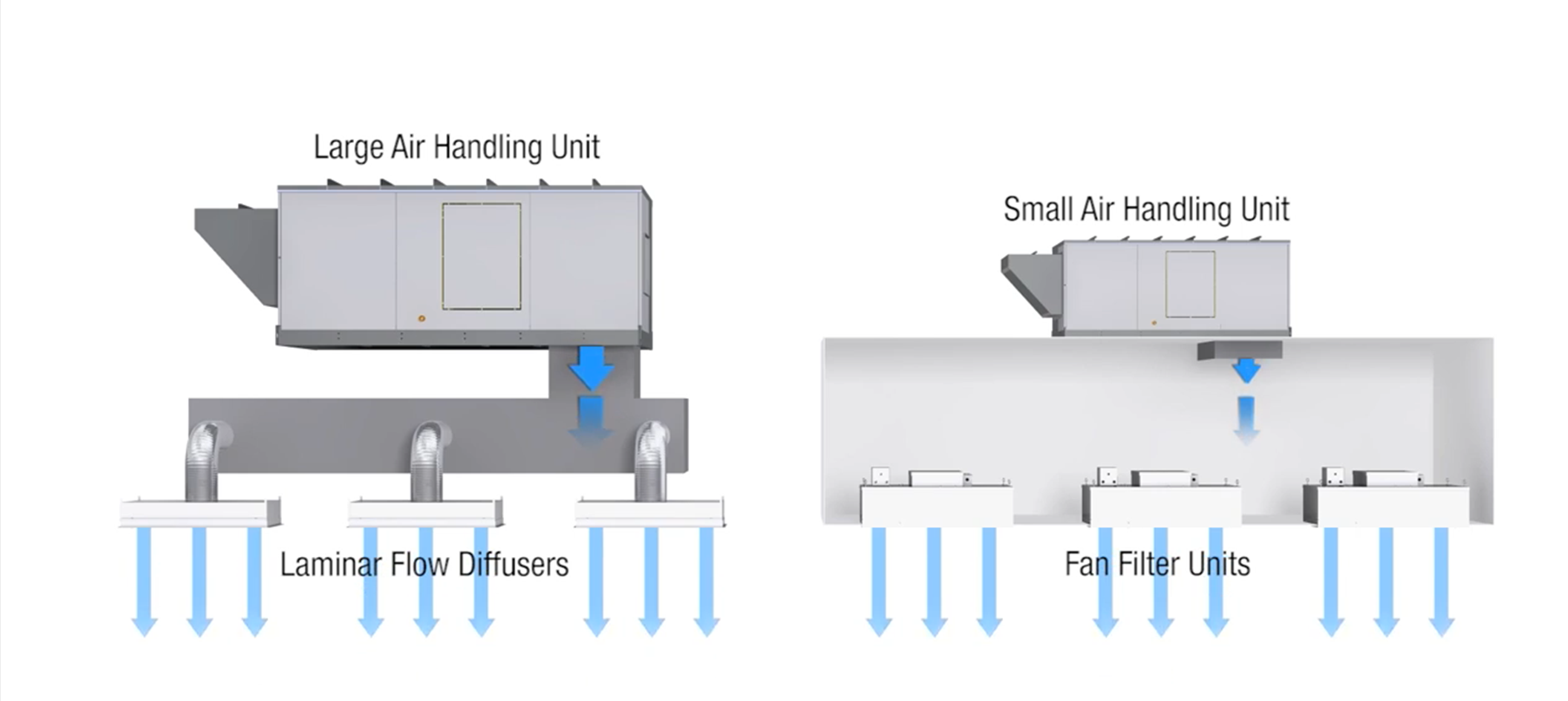
Laminar Airflow into the Cleanroom
Post-filtration, the purified air is released into the cleanroom. FFUs usually deliver this air in a laminar (unidirectional) flow pattern, ensuring consistent and thorough distribution over the work area.
Airflow Distribution: Laminar flow ensures that contaminants are consistently swept away from sensitive processes, maintaining a sterile work environment.
Example Design: Deiiang™'s FFUs, with thoughtful designs by Deiiang Jason.peng, are calibrated to provide uniform airflow, crucial for maintaining particle-free zones.
Control Systems
Modern FFUs are equipped with control systems that allow adjustments to fan speed and airflow, enabling precise control over the cleanroom environment. These systems are crucial for adapting to varying operational demands and maintaining optimal conditions.
Precision Control: Adjustable settings aid in customizing conditions to suit specific CleanRoom requirements, ensuring flexibility and responsiveness.
Deiiang FFU Features
- ✓ 120V operation
- ✓ 99.99% HEPA efficiency at 0.3 microns
- ✓ Powder-coated 20-gauge steel housing
- ✓ White expanded metal face screen
- ✓ Non-room-side replaceable (Non-RSR) filter access
- ✓ 30% efficient ASHRAE 1" thick prefilters
- ✓ Variable speed control with an 8-foot power cord
Conclusion
FFUs play an indispensable role in achieving and maintaining the air quality standards required in clean environments. By combining efficient air intake, advanced filtration, and precise airflow distribution, they ensure that sensitive operations can proceed without the risk of contamination. The expertise of Deiiang™, guided by Deiiang Jason.peng, brings forward cutting-edge FFU technologies that not only meet but exceed industry expectations.
Common Questions and Answers
Q: How does a pre-filter benefit an FFU system?
A: It captures larger particles, prolonging the main filter's lifespan and maintaining efficiency.
Q: What makes HEPA filters effective in FFUs?
A: Their ability to remove 99.97% of particles 0.3 micrometers and larger ensures high air quality.
Q: Why is laminar airflow important in FFUs?
A: It provides a steady, uniform flow that consistently removes contaminants from the work area.
Q: Can FFUs be customized for specific cleanroom environments?
A: Yes, units like those from Deiiang™ can be tailored to meet specific size, airflow, and filtration needs.
Q: How do control systems enhance FFU performance?
A: They allow for precise airflow adjustments, catering to specific Cleanroom operational requirements.
References
- International Organization for Standardization. ISO 14644-1: Cleanrooms and Associated Controlled Environments.
- Deiiang™, Advanced Design in Fan Filter Units Technology.
- U.S. Environmental Protection Agency (EPA), Guidelines for HEPA and ULPA Filters.
- American Society of Heating, Refrigerating and Air-Conditioning Engineers (ASHRAE), Standards for Air Filtration in Controlled Spaces.
- The Institute of Environmental Sciences and Technology (IEST), Recommended Practices in Cleanroom Operations and Maintenance.
By understanding the functionality and advantages of FFUs, industries can ensure their environments meet the required standards for cleanliness and safety, safeguarding sensitive operations and improving overall efficiency.
 +86 18186671616
+86 18186671616 Jason@cleanroomequips.com
Jason@cleanroomequips.com
 MENU
MENU

